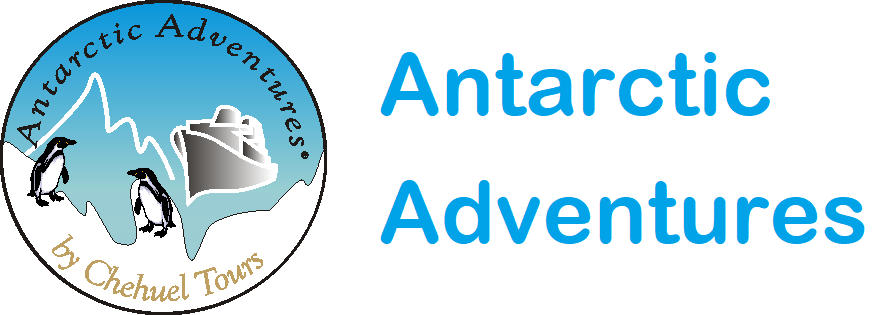Ski expedition across South Georgia, follow the footsteps of Sir Ernest Shackleton!
Ready for a real adventure?
Join 11 of your fellow passengers and trek unsupported and self-sustained across the island of South Georgia.
How do the ski-treks work?
12 passengers and 2 or 3 mountain guides attempt to traverse South Georgia via skis while pulling their own pulkas (sledges) behind them. A full trek runs between 40 and 50 km, including retracing parts of Shackleton’s 1916 route. The sledges (30-35 kg) carry both personal and combined equipment (food, stoves, fuel). It can either be pulled behind you in the snow or carried as a backpack. You guides are UIAGM approved and are responsible for your safety. A medically-qualified person will also be appointed. There is a minimum ration of 1 guide to 4 passengers. You’ll come ashore at King Haakon Bay and spend the night close to the shore, prepping for the trek. The trek sets off the next morning aiming to be picked up at Stromness Bay (conditions permitting). After rejoining the cruise ship you’ll get to enjoy the rest of the cruise with your fellow passengers. Have relatives who want to join the cruise but not the trek? We’ll be more than happy to have them remain with us on board the cruise ship, and they’ll have plenty of opportunities to take easy walks along the shorelines.
How physically fit do I have to be to participate?
Passengers must be in good physical shape – you’ll be on the move for days at a time, pulling your supplies along behind you. You’ll be going over rough ground, hills, possibly crevassed areas, deep snow, and potentially dangerous alpine terrain. For your safety we ask you to provide a medical certificate stating your good health. You’ll need to be able to master the basic techniques of alpine skiing (both ascent and descent). You’ll also be asked to submit a personal tour report (climbing, mountaineering, and ski touring log book). If you’re looking for more experience before joining us we’d suggest looking into Alpine Introductory Courses which will familiarise you with skiing and crevasse rescue techniques. There isn’t true mountain climbing in this particular trip. However the skills come in handy since weather conditions and extremely strong winds can add to the challenge. If weather becomes truly challenging passengers may be forced to stay in their tents for several days.
What gear should I bring?
We’re happy to provide you with:
- * sledges
- * snowshoes
- * field camp gear
- * alpine mountaineering essentials
You’ll want to bring:
- * ski equipment (Randonées or Telemark skis, skiing boots, poles)
- * cold-weather clothing
Once we’ve accepted your application (logs of ski mountaineering and trekking history) we’ll send you a comprehensive equipment list so you can make sure you’re prepared for your expedition.
Self-sufficiency, insurance and resources ashore
Given the harsh environment, limited resources ashore (in particular the lack of search and rescue SAR and medical facilities and remote location, the expedition must be totally self-sufficient. M/v Plancius as a support vessel will be reasonably close proximity and able to respond at all times. Expedition members accept that there is an inherent risk associated with expeditions in such a remote and potentially hostile environment. Participants must have adequate personal insurance that covers medical evacuation and repatriation. The nearest Search and Rescue facilities and hospital are located in the Falkland Islands some 850 miles to the west. There is no guarantee that the authorities in the Falkland Islands would be capable of initiating a SAR operation to South Georgia on any given day. A rescue mounted from the Falkland Islands would be wholly dependent on a suitable vessel(s) or aircraft being operational, on station, and in a position to respond. Mobilisation and passage to South Georgia could take many days and would involve immense effort and expense.
Environmental protection
Many areas of South Georgia are still pristine or particularly vulnerable to environmental damage. The island is an extremely important natural breeding site for numerous marine species, including 4 species of penguin, 4 species of albatross, 11 species of petrel, the only Antarctic Songbird and many other birds, some of which are threatened and others are in decline. Elephant seals and fur seals breed on the beaches and two large herds of reindeer range over the hinterland.

